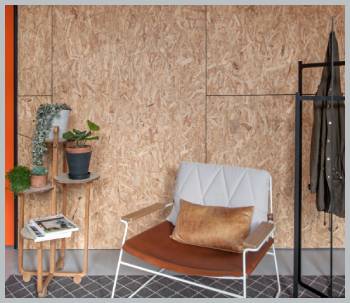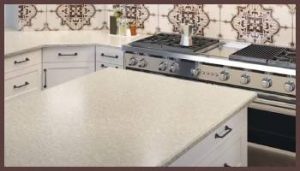Over the years, plywood’s ubiquity in construction has led to the development of several alternatives, one being plastic plywood. However, today, we are looking for alternatives to this plastic plywood, keeping sustainability in focus.
Yes, you read that right. We are talking about ‘alternatives to plastic plywood.’
What is Plastic Plywood?
Before we dive into the alternatives, it’s important to understand what plastic plywood is. Plastic plywood is essentially an engineered lumber product, similar to traditional plywood but made of plastic, usually high-density polyethylene (HDPE) or polypropylene (PP). Although durable and resistant to many elements, plastic plywood’s environmental footprint has led us to explore more sustainable options.
Unpacking Alternatives to Plastic Plywood
The Eco-Friendly Wood Composite: Oriented Strand Board (OSB)

OSB is a new player in the game and serves as a fantastic plywood alternative. It is an engineered wood product, made from small strands of wood compressed together with wax and resin. Unlike plywood, it uses smaller pieces of wood, allowing for greater utilization of each tree.
Rise of Fiber-Reinforced Polymers (FRPs)
FRPs offer another sustainable alternative. Consisting of a plastic matrix reinforced by fine fibers, FRPs boast superior strength-to-weight ratios, resistance to moisture, and stability across a range of temperatures. Furthermore, FRPs are increasingly being made with recycled plastics, boosting their eco-friendliness.
Welcoming Wheat Straw Board

Another player in the alternative arena is wheat straw board. This innovation combines agricultural waste, like wheat straw, with non-formaldehyde binders to create an eco-friendly, bio-based panel. It’s moisture-resistant, insulating, and is a superb alternative to plastic plywood.
Plastic Lumber: A Plywood Alternative with a Price
Plastic lumber is yet another substitute for plywood. This lumber is crafted from 100% recycled plastic, providing an excellent solution for reducing plastic waste. However, the catch with plastic lumber is its cost. Given its longevity and minimal maintenance requirements, plastic lumber does tend to be pricier than traditional wood products. But if we account for reduced future replacement and maintenance costs, it can prove to be an economical choice in the long run.
Read More: About Ketra Lighting

PP vs. HDPE: Which is the Better Choice?
Polypropylene (PP) and high-density polyethylene (HDPE) are the two most common materials used in plastic plywood. PP is robust, has good chemical resistance, and is more rigid, while HDPE possesses higher tensile strength, is more flexible, and resistant to impact.
The choice between PP and HDPE depends on the application. If you need a material that withstands high temperatures and harsh chemicals, PP would be the go-to choice. Conversely, if you’re after durability and resistance to impact, HDPE might be the better bet.
FAQs About Alternatives to Plastic Plywood
A plastic alternative for plywood can be any engineered wood product or composite material that serves as a viable substitute for traditional plywood, such as oriented strand board (OSB), fiber-reinforced polymers (FRPs), or plastic lumber.
Yes, plastic plywood exists. It’s an engineered lumber product made from high-density polyethylene (HDPE) or polypropylene (PP).
Several composite materials can replace plywood. OSB, FRPs, wheat straw boards, and plastic lumber are all excellent alternatives, each with its own set of advantages and use-cases.
One of the newest plywood alternatives is the wheat straw board. Utilizing agricultural waste, this product is eco-friendly, moisture-resistant, and presents an excellent option for those seeking a bio-based panel solution.
While the upfront cost of plastic lumber can be higher than traditional wood products due to its longevity and minimal maintenance requirements, it can prove to be an economical choice over time when future replacement and maintenance costs are factored in.
The choice between polypropylene (PP) and high-density polyethylene (HDPE) depends on your specific needs. If you require a material that withstands high temperatures and harsh chemicals, PP would be the go-to choice. If durability and resistance to impact are your priorities, HDPE might be the better option.
Read More: About Differences Between Jellyfish Lighting And Everlight
The Bottom Line
As we navigate through the 21st century, the shift towards sustainable alternatives to plastic plywood is becoming increasingly crucial. From OSB to FRPs and wheat straw board, the market is brimming with innovative solutions designed to meet our building needs without compromising the environment.
While the choice between these alternatives often depends on the specific requirements of a project, understanding the potential of each allows us to make more informed, sustainable choices in our construction endeavors. After all, the buildings of tomorrow will be built on the choices we make today.



